European Beverages: Basic Overview
Common Ingredients
Common Preparing Methods
Key Taste
Drinking Etiquette
Culinary Festivals
Influence and Fusion
Classifications of European Beverages
-
Alcoholic Beverages
European alcoholic beverages boast a rich tapestry of flavors and traditions, drawing from a variety of ingredients, including grains, fruits, and botanicals.
These drinks range from the deep and complex profiles of aged spirits and wines to the refreshing simplicity of beers and ciders.
Many of these beverages carry a strong cultural significance, often linked to regional identities, historical practices, and social rituals.
-
Non-alcoholic Beverages
Spanning from the invigorating bitterness of herbal tonics to the comforting warmth of traditional hot drinks, these beverages are deeply woven into the fabric of European daily life.
Ingredients like coffee beans, cocoa, and a wide array of fruits and spices play central roles in these drinks.
European beverages, essential to the continent’s diverse culture, range from ancient traditions to modern innovations. Influenced by Europe’s varied climate and historical trade, these drinks include wines, beers, spirits, and non-alcoholic options like teas and mineral waters.
Key regions like France and Italy are known for wines, while the UK and Germany excel in beer production, and Russia is famous for vodka.
The flavors of European beverages vary widely, from the hearty German beers and Scottish whiskies to the delicate French wines and Italian espressos, reflecting the continent’s diverse climates and tastes.
Production methods differ by drink, with wine-making involving grape selection, fermentation, and aging. Beer brewing uses water, malt, hops, and yeast, leading to numerous styles. Spirits are made through fermentation and distillation, enhancing alcohol content and purity.
I take you on a journey through Europe’s beloved drinks and the traditions behind their global fame. Discover the unique characteristics of beverages from various European regions, understand their cultural significance, and find out which countries consume the most and least alcohol.
Next, I also dive into Europe’s alcohol preferences, identifying top consumers of wine, spirits, and beer. Plus, you can look into non-alcoholic favorites, spotlighting countries known for their excellent coffee and tea. To wrap it up, I’ll share some great dish and drink pairings.
45 Best European Beverages with Filters
Dive into Europe’s top 45 drinks with this straightforward guide, sorted by their popularity. It’s equipped with unique search features, allowing you to filter drinks by their popularity, ingredients, taste, and how they’re made.
Whether you’re into traditional, national, fusion, exotic, or street drinks, this guide’s got you covered.
Tea
- Non-Alcoholic
- National
- Street Beverages
- Traditional
Tea, a beverage embraced globally, holds a special place in European culture, not just as a drink but as a cherished ritual. In Europe, tea is often associated with tranquility and social gatherings.
It’s not a national beverage per se, but it’s deeply ingrained in the daily lives of many Europeans, especially in the UK and Ireland, where it’s elevated to an almost ceremonial status with traditions like British afternoon tea.
Variations abound, from the aromatic Earl Grey to the robust English Breakfast. Tea’s popularity isn’t confined to Europe; it’s a staple in Asia and has a significant presence in North America and Africa.
Beer
- Alcoholic
- National
- Street Beverages
- Traditional
Beer, also known as ale, is a cornerstone of European cuisine, deeply rooted in the continent’s history and social fabric. This beloved beverage is considered a traditional drink in many European countries, with each region boasting its own unique variations.
For example, Belgium is renowned for its Trappist beers, Germany for its Pilsners and Wheat Beers, and the UK for its Bitters and Stouts.
Beer’s popularity extends beyond Europe, with a significant presence in North America, Asia, and Australia, making it a truly global drink. It’s frequently associated with celebrations and festivals, such as Oktoberfest in Germany, where beer is celebrated with great enthusiasm.
Vodka
- Alcoholic
- National
Vodka is a clear distilled beverage that is significant in European cuisine, especially in Eastern Europe. Traditionally, it is made primarily from water and ethanol but sometimes with traces of impurities and flavorings.
Vodka is renowned for its neutral taste, although some premium brands may have subtle flavors. In countries like Russia, Poland, and Ukraine, vodka is a national treasure integral to cultural practices and social gatherings.
Vodka has numerous variations, including flavored vodkas infused with fruits, herbs, or spices, with some of the most popular being lemon, pepper, and vanilla.
Whisky
- Alcoholic
- National
- Traditional
Whisky, or whiskey, depending on the geographical region and distillation process, is a distilled alcoholic beverage made from fermented grain mash. Various grains are used for different varieties, including barley, corn, rye, and wheat.
Traditionally associated with Scotland and Ireland, whisky is celebrated for its complex flavors that range from peaty and smoky to sweet and smooth, depending on the aging process and the type of cask used.
Famous variations include Scotch Whisky, Irish Whiskey, and Bourbon, primarily from the United States. Whisky is popular not only in the UK and Ireland but also in other parts of Europe and globally, enjoyed neat, with water, or in cocktails.
Champagne
- Alcoholic
- National
- Traditional
Champagne, often associated with celebrations and luxury, is a sparkling wine that hails from the Champagne region in France. Its signature effervescence and crisp, complex flavors are the result of a meticulous fermentation process.
Champagne can vary from dry (‘Brut’) to sweet (‘Doux’), catering to diverse palates. This prestigious beverage is a symbol of national pride in France and is integral to festivities, particularly New Year’s Eve, weddings, and significant achievements.
Wine
- Alcoholic
- National
- Traditional
Wine, a traditional beverage made primarily from grapes, is integral to European culture. It varies in taste from dry to sweet and in style from still to sparkling, influenced by the grape type, production region, and winemaking methods.
Wine can be categorized broadly into red, white, and rosé, with famous types including Cabernet Sauvignon, Chardonnay, Merlot, and Pinot Noir, among others. Notable wine-producing regions include Bordeaux in France, Tuscany in Italy, and Rioja in Spain.
Riesling, a prominent white wine, exemplifies the diversity of German wines, known for their finesse and aromatic qualities. Similarly, Port wine from Portugal stands out for its rich, sweet character, typically enjoyed as a dessert wine.
In Europe, wine is often associated with celebrations and social gatherings, playing a central role in festivals like the Beaujolais Nouveau in France and the Harvest Festival in Italy.
Espresso
- Non-Alcoholic
- National
- Street Beverages
- Traditional
Espresso is a highly concentrated coffee beverage and a cornerstone of Italian coffee culture. Known for its bold taste and creamy texture, espresso serves as the foundation for many coffee drinks.
Its creation involves forcing a small amount of nearly boiling water through finely ground coffee beans, resulting in a strong and richly flavored shot of coffee.
Espresso is celebrated for its variations, including the ristretto (a shorter, more concentrated espresso) and the lungo (a longer, more diluted version).
This beverage enjoys widespread popularity not just in Italy but across Europe and globally, often enjoyed as a quick pick-me-up at any time of the day.
Cappuccino
- Non-Alcoholic
- National
- Street Beverages
- Traditional
Cappuccino is a beloved Italian coffee drink known for its harmonious blend of espresso, steamed milk, and a cloud-like top of milk foam. This beverage strikes a perfect balance between the robust flavors of espresso and the creamy, velvety texture of milk.
Cappuccinos are often enjoyed with a sprinkle of cocoa powder or cinnamon on top, adding an extra layer of flavor. This drink has various interpretations, such as the dry cappuccino, with less steamed milk, or the iced cappuccino, perfect for warmer days.
Cappuccinos have a strong following in many European countries and around the world, often associated with breakfast or brunch but enjoyed at any time of day.
Gin
- Alcoholic
- National
Gin, a spirit renowned for its distinct juniper berry flavor, stands as a celebrated beverage within European cuisine. Originating as a medicinal liquor, gin has evolved into a key component of various cocktails and a favorite in bars worldwide.
Its taste is predominantly herbal and floral, with juniper berries providing its signature flavor, often complemented by other botanicals like coriander, citrus peel, and cinnamon.
Gin boasts numerous famous variations, such as London Dry, known for its crisp, juniper-forward taste, and Old Tom, which offers a sweeter profile.
This beverage enjoys immense popularity across Europe, especially in the United Kingdom, Spain, and the Netherlands, and has gained a global following.
Brandy
- Alcoholic
- National
- Traditional
Brandy, also known as eau-de-vie, is a revered traditional spirit distilled from wine or fermented fruit juice. It exudes a rich, warm, and slightly sweet taste, with nuances varying based on the fruit used and the aging process.
Brandy is celebrated for its versatility, enjoyed neat, over ice, or as a base in numerous classic cocktails. Among its famous variations are Cognac and Armagnac from France, celebrated for their depth and complexity, and Pisco, a South American version that’s also popular in Spain.
Brandy holds a special place in many European countries, particularly in France, Spain, and Italy, and its appeal extends globally. It’s often savored during festive occasions, notably in holiday beverages like eggnog, and is a staple in culinary traditions, used to flambe dishes and enrich sauces.
Cognac
- Alcoholic
- National
Cognac, a distinguished type of brandy, hails from the Cognac region in France. This beverage is celebrated for its smooth, rich flavor profile that often exhibits notes of fruits, spices, and oak.
Cognac is traditionally enjoyed as an after-dinner drink and is revered for its various age classifications, such as VS (Very Special), VSOP (Very Superior Old Pale), and XO (Extra Old), which denote the maturity and quality of the blend.
This beverage is not only a national treasure of France but has also gained international acclaim, especially in countries like the United States, China, and Russia.
Cognac is frequently associated with luxury and is often part of celebrations and festive occasions, making it a staple at high-end gatherings and a preferred gift among connoisseurs.
Rum
- Alcoholic
- National
- Traditional
Rum is a versatile spirit that originated in the Caribbean but has become a beloved beverage across Europe, especially in countries with historical maritime and colonial ties like Spain, the United Kingdom, and Portugal.
Characterized by its sweet and smooth taste, which can vary from light and fruity to dark and full-bodied, rum is made from sugarcane byproducts, such as molasses or sugarcane juice.
There are several notable types of rum, including white rum, dark rum, spiced rum, and aged rum. In Europe, it’s popular in cocktails and is enjoyed in both casual and formal settings.
Sangria
- Alcoholic
- National
- Street Beverages
- Traditional
Sangria is a Spanish refreshing and fruity beverage traditionally made by mixing red wine with fresh fruit (commonly oranges, apples, and lemons), a sweetener, and a small amount of brandy.
The taste of Sangria can vary widely but is generally sweet and fruity, making it a popular drink during the warmer months.
There are numerous variations of Sangria, including those made with white wine, known as “”Sangria Blanca,”” and others that incorporate sparkling water or soda for a fizzy touch.
Sangria is particularly popular in Spain and Portugal but has found fans across Europe and around the world, especially in parts of Latin America and North America.
It is often associated with summer festivities, outdoor gatherings, and is a staple at many Spanish and Portuguese festivals.
Rakia
- Alcoholic
- National
- Traditional
Rakia, also known as Rakija or Raki, is a fruit brandy essential to the Balkans’ culinary traditions. Predominantly made from grapes, plums, or apricots, Rakia offers a range of flavors, from sweet to tart, depending on the fruit used.
It’s a national drink in Bulgaria, Serbia, Croatia, Montenegro, and beyond, enjoyed by locals and the Balkan diaspora worldwide. Varieties like Slivovitz (plum), Šljivovica (a Serbian plum Rakia), and Lozovača (grape) reflect local traditions and flavors.
Rakia is a staple at social events, serving as an aperitif and a symbol of hospitality during weddings, festivals, and religious celebrations.
Aperol Spritz
- Alcoholic
- Street Beverages
- Traditional
Aperol spritz, also simply known as spritz, is a light and bubbly cocktail that has become synonymous with Italian aperitivo culture.
This traditional drink is made by blending Aperol, an Italian bitter apéritif made of gentian, rhubarb, and cinchona, among other ingredients, with Prosecco and a splash of soda water.
The aperol spritz is known for its bright orange color and its unique bittersweet taste, which is both refreshing and invigorating.
While its popularity is most pronounced in Italy, the Aperol Spritz has gained a following throughout Europe and in other parts of the world, celebrated for its role in social gatherings and its association with the relaxed Italian lifestyle.
Stout
- Alcoholic
- National
- Street Beverages
- Traditional
Stout is a dark, rich beer with a distinctive roasted flavor that hails from a tradition of brewing in the British Isles, particularly Ireland. This beverage is characterized by its creamy texture and a taste that can range from slightly sweet to bitter, depending on the specific brew.
It’s a national beverage in Ireland, where it’s famously represented by brands like Guinness, which offers variations including the original Guinness Draught, Foreign Extra Stout, and Guinness Black Lager.
Stout has found popularity not just in Europe, particularly the UK and Ireland, but has also become a favorite in the United States and across Africa. Stout often finds its way into celebrations surrounding St. Patrick’s Day, where it’s enjoyed by many in festive gatherings.
Irish Coffee
- Alcoholic
- Street Beverages
- Traditional
Irish coffee is a traditional Irish beverage known for its invigorating mix of hot coffee, Irish whiskey, sugar, and topped with cream. This delightful concoction combines the warmth of coffee with the richness of whiskey, creating a balanced taste that’s both sweet and robust.
Irish coffee is not only a staple in Ireland but has also gained international fame, especially in the United States and Europe. It’s commonly enjoyed as an after-dinner drink or as a warm welcome in colder months.
The drink is particularly associated with cozy nights in and is often a favorite during the winter holidays.
Hot Chocolate
- Non-Alcoholic
- Street Beverages
Hot chocolate, also fondly known as hot cocoa, is a beloved traditional beverage enjoyed across Europe and beyond. It’s a warm, comforting drink made from melted chocolate or cocoa powder, mixed with hot milk or water, and often sweetened to taste.
The flavor of hot chocolate is rich and chocolatey, with variations ranging from very sweet to bittersweet, depending on the type of chocolate used. In countries like Spain, a thicker version called ‘chocolate caliente’ is popular, especially when paired with churros.
Hot chocolate is a favorite in many European countries, including France, Italy, and Spain, and has also warmed hearts in the Americas. It’s particularly cherished during the cold months and is a staple in winter holiday traditions, bringing warmth and joy to festive gatherings.
Limoncello
- Alcoholic
- Street Beverages
- Traditional
Limoncello is a vibrant, sweet Italian liqueur that captures the essence of the sunny Amalfi Coast. Made primarily from the zest of Sorrento lemons, it’s steeped in alcohol until the oils are released, then mixed with a simple syrup.
The taste of Limoncello is refreshingly citrusy, balancing sweetness with the tangy zest of lemons. It’s traditionally served chilled as an after-dinner digestif.
This liqueur enjoys popularity not only in Italy, especially along the Amalfi Coast and in Sorrento, but has also found fans across Europe and in the United States.
Sherry
- Alcoholic
- National
- Traditional
Sherry is a fortified wine with a rich history, hailing from the Andalusia region of southern Spain, particularly around the town of Jerez de la Frontera. This beverage, deeply intertwined with Spanish culture, offers a range of tastes from dry and light to sweet and full-bodied.
Its versatility is showcased in famous variations like Fino, known for its dryness and almond aroma, and Pedro Ximénez, celebrated for its intense sweetness and raisin flavors.
Sherry is not just a national treasure of Spain but has also found a cherished place in various European countries and beyond. It often graces the tables during festivals and significant celebrations, especially during the Christmas season.
Schnapps
- Alcoholic
- National
- Street Beverages
- Traditional
Schnapps, a term that originates from German-speaking regions, is a distilled spirit known for its potent flavor and high alcohol content. Traditional European schnapps is more straightforward, often clear, and distilled from fermented fruits, making it a fruit brandy.
It’s particularly famous for its crisp and clean taste, with variations that include Obstwasser (made from apples and pears), Zwetschgenwasser (from plums), and Kirschwasser (from cherries).
Schnapps is a traditional beverage in countries like Germany, Austria, and Switzerland but has found its way into various European and global bars and homes.
Absinthe
- Alcoholic
- Exotic
- Traditional
Absinthe, also known as “The Green Fairy,” is a highly alcoholic beverage with a distinctive anise flavor. It’s made from botanicals, including the flowers and leaves of Artemisia absinthium (wormwood), green anise, and sweet fennel, among others.
This concoction gives it a complex, herbal taste that’s often balanced with sugar. Absinthe was once associated with bohemian culture and the artistic elite in late 19th- and early 20th-century Europe, particularly in France, Switzerland, and the Czech Republic.
Its popularity is marked by famous variations such as the Swiss La Bleue, which is clear, and the French-style verte, which is green. Absinthe is known for its ritual of preparation, which involves diluting it with water poured over a sugar cube.
Baileys Irish Cream
- Alcoholic
- National
Baileys Irish Cream, commonly referred to simply as Baileys, is a rich and creamy liqueur from Ireland, known for its delightful blend of Irish whiskey and dairy cream. Its taste is a harmonious balance of sweet, creamy, and slightly chocolatey notes, making it a favorite for sipping neat, in coffee, or in various desserts.
Baileys is often seen as a traditional Irish beverage, enjoyed both in its homeland and globally. Among its many variations, Baileys Chocolate Luxe, Baileys with a hint of Coffee, and Baileys Strawberry & Cream stand out as particularly popular choices.
This liqueur has found a special place in celebrations, especially during Christmas and St. Patrick’s Day, where its comforting warmth and indulgent flavor make it a festive favorite.
Pimm’s Cup
- Alcoholic
- Street Beverages
- Traditional
Pimm’s cup, often simply called Pimm’s, is a gin-based beverage that has become synonymous with British summertime and social gatherings. Its taste is a refreshing mix of spice and citrus, ideal for serving as a fruity and herbaceous punch.
Pimm’s is deeply rooted in British culture as a traditional drink, particularly popular at garden parties, picnics, and notably at events such as The Wimbledon Tennis Championships and The Chelsea Flower Show.
While Pimm’s No. 1 is the most famous, there are other variations like Pimm’s No. 3 (Winter Cup) and Pimm’s No. 6 (Vodka Cup), each offering a unique twist on the classic.
Pimm’s enjoys popularity not just in the UK but has also found fans across Europe and in countries with British influences.
Apfelwein
- Alcoholic
- Traditional
Apfelwein, also known as Ebbelwoi, Äppelwoi, or Stöffche in various dialects, is a traditional beverage deeply rooted in the heart of German cuisine, particularly in the Hesse region.
This beverage is crafted from fermented apple juice, offering a tart and crisp taste that can range from sour to mildly sweet, depending on the apples and fermentation process used.
Apfelwein is also a cultural emblem, especially in Frankfurt, where it’s commonly enjoyed in local taverns known as ‘Apfelweinwirtschaften’.
The drink is popular not only in Germany but has also found a special place in cider cultures around the world, including parts of the United States and England, where it’s enjoyed in variations like ‘hard cider’.
Mead
- Alcoholic
- Traditional
Mead, an ancient alcoholic drink made from fermented honey and water, predates both wine and beer. It can include fruits, spices, grains, or hops, resulting in a wide range of flavors from sweet to dry.
This globally cherished beverage has deep roots in European traditions, especially in Nordic countries, the British Isles, and Eastern Europe. Popular varieties include Melomel (fruit mead), Metheglin (spiced mead), and Cyser (apple mead).
Recently, mead has seen a revival in Europe and North America, celebrated not only for its historical significance but also for its diverse and sophisticated taste. It’s commonly featured at medieval fairs, historical events, and cultural festivals.
Cointreau
- Alcoholic
- Traditional
Cointreau is a type of triple sec – an aromatic, sweet, and colorless orange-flavored liqueur from France. Renowned for its perfect balance of sweet and bitter orange peels, cointreau is served as a key ingredient in many famous cocktails, such as the Margarita and the Cosmopolitan.
Its nuanced flavor and high quality make it popular not only in its home country but also internationally, with a presence in bars and homes around the world.
Cointreau is often associated with festive occasions and sophisticated cocktail parties, where its elegance and depth of flavor can truly shine.
Raf Coffee
- Non-Alcoholic
- Fusion
Raf coffee is a unique and creamy beverage that has its roots in the coffee culture of Russia. It is a concoction that blends espresso with cream, vanilla sugar, and sometimes other flavorings, creating a rich and velvety texture.
The taste of raf coffee is a harmonious balance of coffee’s robustness softened by the cream’s sweetness, often with a subtle hint of vanilla.
Raf coffee has gained popularity not only in Russia but also in neighboring Eastern European countries and has started to make its mark in coffee scenes around the world.
Kvass
- Non-Alcoholic
- National
- Street Beverages
- Traditional
Kvass is a traditional Slavic and Baltic beverage that dates back to ancient times. It is made from fermenting rye bread, which gives it a unique, slightly sour and tangy flavor profile, often with a hint of sweetness.
Kvass is known for its refreshing qualities and is sometimes referred to as a non-alcoholic beer due to its fermentation process and flavor characteristics.
Kvass is a staple in countries like Russia, Ukraine, and Belarus, and its popularity extends to other parts of Eastern Europe.
Ouzo
- Alcoholic
- National
- Traditional
Ouzo is a captivating spirit hailing primarily from Greece, embodying the essence of traditional Greek cuisine. This anise-flavored aperitif stands out for its clear, silky texture that turns milky white when mixed with water or ice, a phenomenon known as the ouzo effect.
Its taste is distinctly rich in anise, often accompanied by a slight sweetness and varying hints of spices, depending on the distiller’s recipe. Ouzo enjoys popularity not only in Greece but has also found a fond place in Cyprus and other parts of the world.
It’s particularly savored during festive occasions, such as Greek Orthodox celebrations and local festivals, where it complements the joyful atmosphere and communal feasting.
Pastis
- Alcoholic
- National
Pastis is a refreshing, anise-flavored beverage, often associated with the Southern French sunny terraces. Born as a legal alternative to absinthe in the early 20th century, Pastis is traditionally diluted with water just before serving, transforming its deep golden hue into a light, cloudy liquid.
Its flavor profile is a harmonious blend of anise and licorice, with some variations boasting additional herbal notes. Pastis is not just a drink; it’s an integral part of French culture, especially in regions like Provence and Marseille.
It’s often enjoyed as an apéritif, signaling the start of a leisurely meal or a relaxed gathering.
Rakı
- Alcoholic
- National
- Traditional
Rakı, also known as ‘Lion’s Milk’ for its milky appearance when water is added, is a popular spirit in Turkey and parts of Europe. It’s clear, anise-flavored, and transforms to a milky white upon mixing with water.
Rakı, which can vary in flavor with some aged in oak barrels, is integral to Turkish culture, often enjoyed during ‘meze’ meals and celebrations, including Eid ul-Fitr. Its licorice-like taste is distinctive and may be intense for new drinkers.
Akvavit
- Alcoholic
- National
- Traditional
Akvavit, or Aquavit, is a cherished Scandinavian spirit flavored with spices and herbs, predominantly caraway. It’s a cultural symbol in Denmark, Sweden, and Norway, known for its complex, herbaceous flavor.
Variants include those aged in oak casks, adding vanilla and wood notes. Akvavit is central to festive occasions like Christmas and Midsummer in Scandinavia and has gained popularity in Germany and the US.
Unicum
- Alcoholic
- National
Unicum is a distinctive herbal liqueur, renowned for its bold, bittersweet flavor. Originating as a Hungarian national treasure, this beverage is steeped in tradition and closely guarded recipes.
The taste of Unicum is quite unique, characterized by its complex herbal notes and a bitter undertone. Among its variations, Unicum Next, with a slightly sweeter profile, and Unicum Plum, infused with plum for a smoother taste, stand out.
This liqueur enjoys popularity not only in Hungary but has also found a niche in various European countries and beyond. Unicum is often associated with social gatherings and traditional celebrations, where it is enjoyed as a digestive aid following a hearty meal.
Horchata
- Non-Alcoholic
- National
- Traditional
Horchata, also known as Orxata in some regions, is a refreshing beverage with a rich history in various European cuisines, particularly in Spain. This traditional drink is typically made from ground almonds, sesame seeds, rice, barley, or tigernuts (chufas).
The taste of horchata is sweet, creamy, and often infused with cinnamon or vanilla, offering a delightful contrast to the hot climates where it is most popular. In Spain, especially in Valencia, Horchata is considered a staple of the local cuisine.
Horchata is particularly favored during the summer months and is closely linked with the Festival of Saint John (Fiesta de San Juan) in Valencia, where it is consumed with fervor.
Kompot
- Non-Alcoholic
- Traditional
Kompot is a traditional fruit beverage, beloved across Eastern Europe for its sweet and refreshing qualities. This drink is made by simmering various fruits, such as apples, pears, cherries, and berries, in water with added sugar to taste, creating a light and fruity concoction.
Kompot can be enjoyed both hot and cold, making it a versatile drink for all seasons. While the basic recipe remains simple, there are countless variations that include different combinations of fruits and additional flavorings like vanilla or citrus zest.
This beverage is particularly popular in countries like Russia, Ukraine, and Poland, and is often associated with family gatherings and festive occasions, serving as a comforting reminder of home cooking and tradition.
Poppy Seed Milk
- Non-Alcoholic
- Traditional
Poppy seed milk, known in some regions as “Makówki” or “Poppy Milk,” is a unique and traditional beverage in Central and Eastern European cuisine, particularly celebrated in Lithuania during the Christmas season.
This drink is created by soaking poppy seeds in water until they soften, then grinding them into a milky paste and mixing with water to achieve a creamy consistency.
Sweetened with honey or sugar and sometimes flavored with vanilla or almond, Poppy seed milk has a distinct, slightly nutty taste.
Ryazhenka
- Non-Alcoholic
- Traditional
Ryazhenka is a traditional Eastern European beverage, deeply rooted in the culinary heritage of countries like Ukraine, Russia, and Belarus. This fermented milk drink is made by baking milk until it caramelizes, giving Ryazhenka its distinctive rich taste and creamy texture.
The flavor is mildly sweet and tangy, reminiscent of yogurt but with a unique caramel undertone. Ryazhenka is cherished not only for its taste but also for its health benefits, often consumed as a comforting and nutritious drink at any time of the day.
Apfelschorle
- Non-Alcoholic
- Traditional
Apfelschorle, known to many as a sparkling apple spritzer, is a popular beverage in Germany and neighboring countries. This refreshing drink is a fusion of apple juice and carbonated mineral water, offering a thirst-quenching and slightly tangy taste that’s perfect for any occasion.
The balance between the sweetness of the apple and the fizziness of the water makes apfelschorle a favorite among all age groups.
Apfelschorle’s popularity extends beyond Germany into many parts of Europe and is often the go-to beverage in cafes, restaurants, and at home, especially during the warm summer months.
Jenever
- Alcoholic
- National
- Traditional
Jenever, often referred to as Dutch gin, is a traditional spirit that hails from the Netherlands and Belgium. This national beverage has a flavor profile that ranges from slightly aromatic to very juniper-forward, depending on the style.
There are two main types: Oude (old) Jenever, which has a smoother, more malt-like taste, and Jonge (young) Jenever, which is clearer, more neutral, and has a lighter juniper flavor.
It is traditionally consumed neat, often as a chilled shot alongside beer, in a ritual known as a “kopstootje” in the Netherlands. Jenever plays a significant role during celebrations like King’s Day in the Netherlands and during local festivals in Belgium.
Slivovica
- Alcoholic
- Traditional
Slivovica, also known as Slivovitz, is a potent fruit brandy made primarily from damson plums. It is considered a traditional beverage in various Central and Eastern European countries, including Serbia, Croatia, Bosnia, Czech Republic, Slovakia, Poland, Hungary, and Bulgaria.
The taste of Slivovica is strong, with a clear plum flavor and a fiery warmth from its high alcohol content. The beverage can range in quality from premium, aged varieties, which are smoother and have a more complex flavor profile, to more basic, unaged versions that pack a punch.
It is traditionally consumed during important celebrations, including weddings and religious festivals such as Christmas and Easter.
Black Balsam
- Alcoholic
- National
Black balsam is a traditional herbal liqueur hailing from Latvia. Known for its deep, rich color and complex flavor profile, this beverage combines a blend of 24 different herbs, roots, berries, and flowers, all contributing to its unique bittersweet taste.
There are variations of Black Balsam that include Black Balsam Currant, which introduces a fruity note to the original recipe, and Black Balsam Element, which is a milder version with additional flavors.
Black balsam is often enjoyed neat, on the rocks, or as part of various cocktails, and it’s particularly associated with traditional Latvian celebrations and festivities, where it is savored for its warming qualities and herbal benefits.
Buckfast Tonic Wine
- Alcoholic
- Traditional
Buckfast tonic wine, often simply known as Buckfast, is a fortified wine that has become something of a cultural icon in parts of the United Kingdom and Ireland.
Originally made by monks at Buckfast Abbey in Devon, England, its taste is unique—a sweet, caffeinated wine with a high alcohol content. Despite its origins, Buckfast has become synonymous with a certain lifestyle rather than religious contemplation, particularly in Scotland.
The beverage holds a controversial reputation due to its association with anti-social behavior in some communities. Nonetheless, it remains popular, especially among young adults, and is often consumed during parties and social gatherings.
Killepitsch
- Alcoholic
- Street Beverages
- Traditional
Killepitsch is a unique herbal liqueur that originates from Düsseldorf, Germany. Known for its deep red color and complex flavor profile, Killepitsch combines over 90 fruits, berries, herbs, and spices.
The taste is rich and intense, balancing sweet, bitter, and herbal notes, making it a distinctive experience. It’s often enjoyed as a digestif, sipped neat or on the rocks.
While Killepitsch is a traditional German beverage, its fame has spread to various parts of Europe and beyond, particularly among aficionados of herbal liqueurs.
In Germany, it’s often associated with local celebrations and gatherings, especially in the region around Düsseldorf, where it’s a point of local pride.
Ţuică
- Alcoholic
- Street Beverages
- Traditional
Ţuică, also known as palinka in some regions, is a traditional Romanian fruit brandy, most commonly distilled from plums. This clear spirit is celebrated for its smooth, fruity taste, with varying degrees of intensity depending on the distillation process and the fruit used.
Ţuică is deeply ingrained in Romanian culture, often served as a welcoming gesture to guests. It is popular not only in Romania but also in Moldova and parts of Hungary, where similar versions are known.
It’s an integral part of Romanian celebrations, particularly during weddings, where it’s customary to start the feast with a small glass of Ţuică to stimulate the appetite and toast to the health and happiness of the newlyweds.
List of European Beverages by Country
What Are The Characteristics of Beverages Across European Regions?
Beverages across European regions exhibit distinct characteristics reflective of their historical, cultural, and geographical diversities, as described below:
These unique characteristics play a pivotal role in European celebrations, where beverages are more than just drinks; they’re an integral part of the festivities.
What Are The Roles of Beverages in Important European Celebrations?
Beverages hold a significant place in European celebrations, serving various roles that go beyond mere refreshment.
Interestingly, the consumption patterns during these celebrations contribute to the data showing which European countries drink the most alcohol.
Which European Countries Drink The Most Alcohol?
According to the World Population Review, European countries with the highest per capita alcohol consumption include:
On the flip side, there are countries within the same continent where alcohol consumption is notably lower, showcasing the diversity in drinking habits across Europe.
Which European Country Drinks The Least Alcohol?
Turkey appears to be the European country with the lowest alcohol consumption. According to a Eurostat report, Turkey had the highest proportion of individuals consuming no alcohol, with 85.1% of the population not drinking at all within the twelve months prior to the survey.
This diversity in consumption rates paves the way to understanding the varied alcoholic beverage preferences across the continent.
What Are the Alcoholic Beverage Preferences Across Europe?
Europe’s alcoholic beverage preferences are as varied as its cultural tapestry, shaped by historical, agricultural, and social influences. Here’s a streamlined summary:
This love for diverse flavors is especially seen in the country that enjoys wine the most, standing out for its deep appreciation of vineyard-crafted beverages.
Which European Country Drinks The Most Wine?
According to the World Population Review, Portugal leads Europe in per capita wine consumption, with individuals consuming an impressive 51.9 liters annually as of the most recent data. Italy, France, Switzerland and Austria follow closely, with 46.6, 46.0, 35.7 and 29.9 liters per person per year, respectively.
Similarly, when it comes to spirits, there are specific countries where these strong drinks are more popular.
Which European Countries Drink The Most Spirits?
According to data from the World Health Organization’s Global Health Observatory, the European countries with the highest spirits consumption include Andorra, Estonia, France, Moldova, Luxembourg, Poland, Ireland, Lithuania, Bulgaria, and Austria.
These countries have been identified based on their per capita consumption of pure alcohol for individuals aged 15 and over.
Meanwhile, beer has its own set of champion countries in Europe, where it’s not just a drink but a symbol of camaraderie and craft.
Which European Countries Drink The Most Beer?
According to the World Population Review, The Czech Republic leads European countries in beer consumption, with an impressive per capita rate of 140.12 liters, followed by Austria and Germany with 110.52 and 103.92 liters per capita, respectively.
Moving away from alcohol, Europe also has a rich culture of non-alcoholic drinks, showcasing a different side of European beverage culture that’s equally cherished.
What Defines Non-alcoholic Drink Culture In Europe?
Across Europe, non-alcoholic beverage preferences vary significantly, influenced by cultural traditions, climate, and individual tastes.
In Europe, non-alcoholic drinks are a big deal, with lots of choices like coffee, tea, and soft drinks that fit into all kinds of daily moments and special times. This love for good coffee is really clear in some countries that are known for making some of the best cups you can find.
Which European Countries Have The Best Coffee?
Determining the “best” coffee in Europe is subjective, but several countries are renowned for their coffee cultures:
Some places in Europe stand out for their tea, like coffee, offering unique blends and traditions that tea lovers would not want to miss.
Which European Countries Have The Best Tea?
Below are the European countries that are most well-known for tea:
And when it comes to enjoying these drinks, there’s nothing like pairing them with the perfect European dish to enhance the experience.
Which European Dishes to Pair with Beverages?
When pairing European dishes with beverages, it’s essential to consider the flavors and textures to enhance the dining experience. Here are some suggestions:
Each pairing aims to either complement or contrast the flavors and textures of the dish from Europe, creating a balanced and enjoyable dining experience.
European drinks, for me, are like turning pages of an enticing book, each drink revealing a new chapter of the region’s diverse culture and rich history. From French wines to hearty German beers, each sip is a story waiting to be discovered.
I encourage you to dive into this fascinating world. Share your thoughts and favorite European beverages in the comments. If you find this article helpful, spread it to everyone you know so they can enrich their favorite beverages.



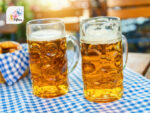

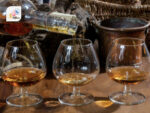


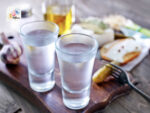



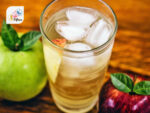
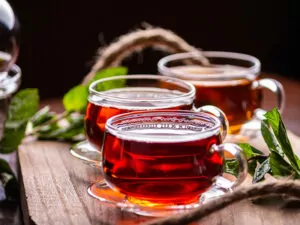
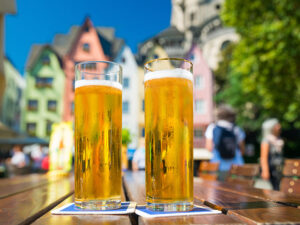
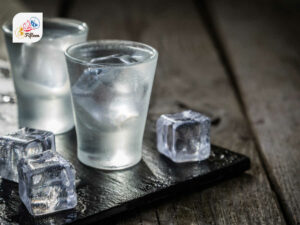
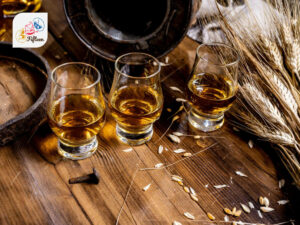
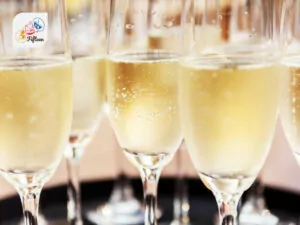
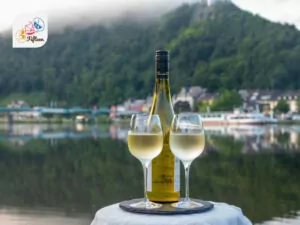
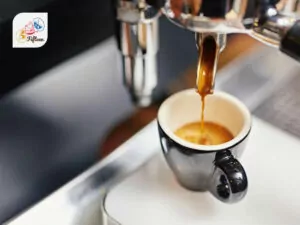
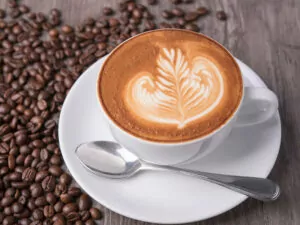
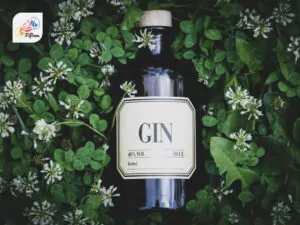
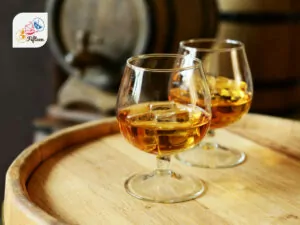
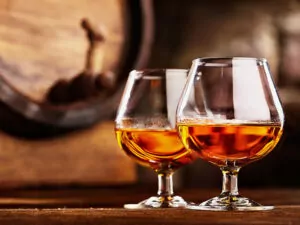
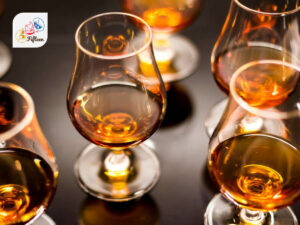
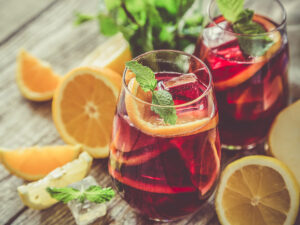
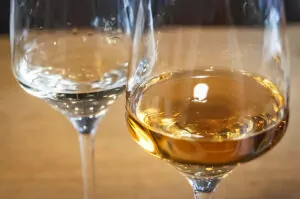
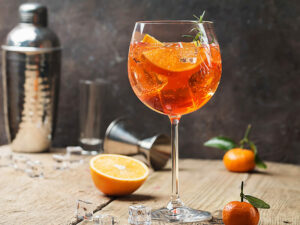
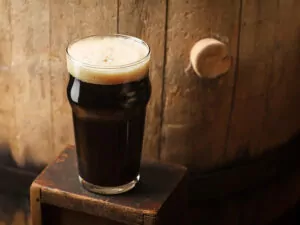
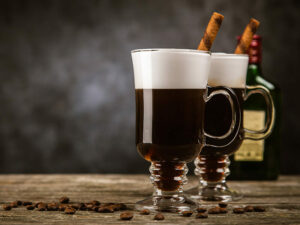
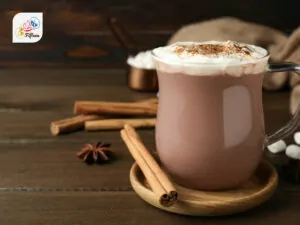
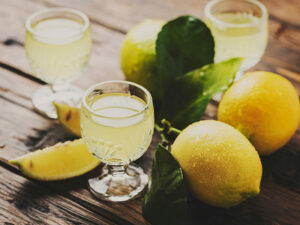
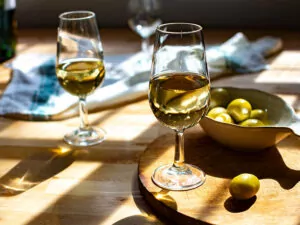
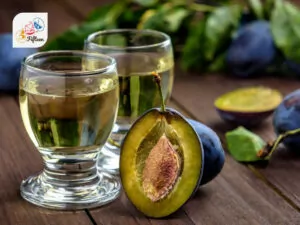
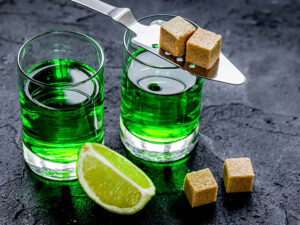
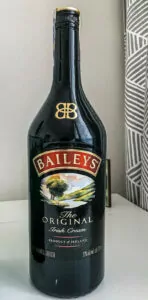
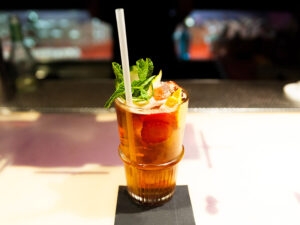
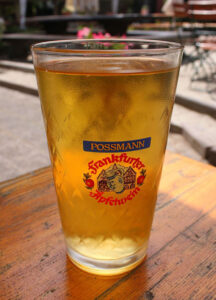
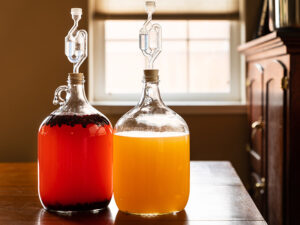
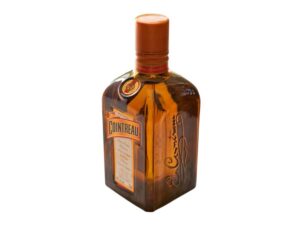
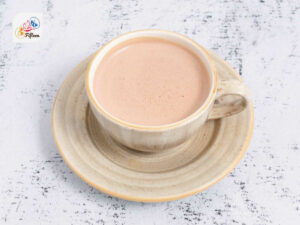
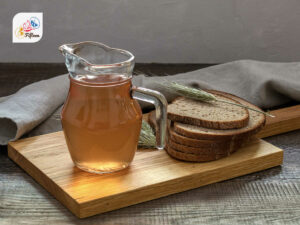

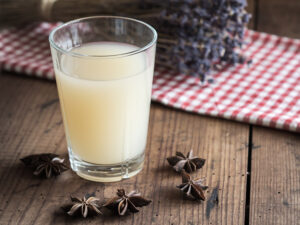
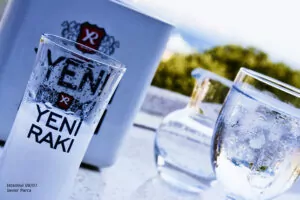
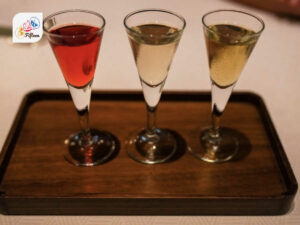
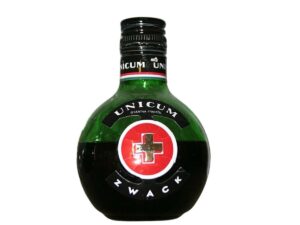
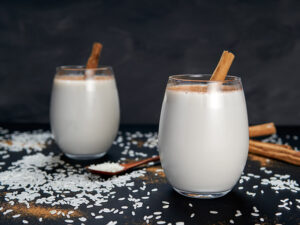
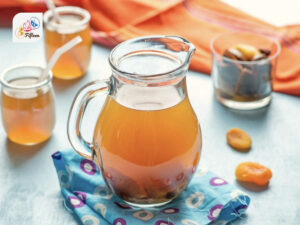
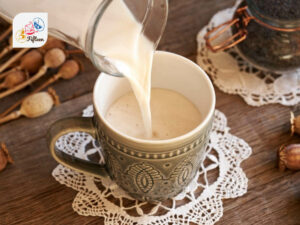
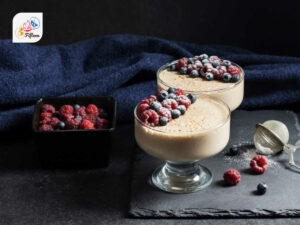
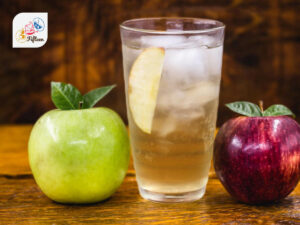
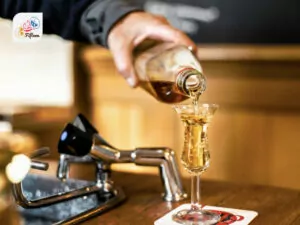
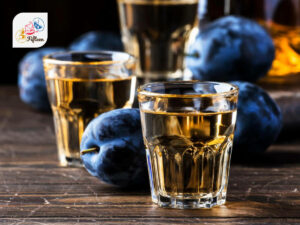
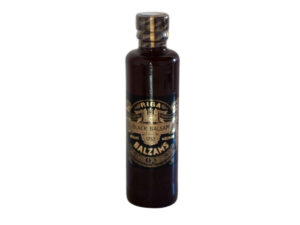
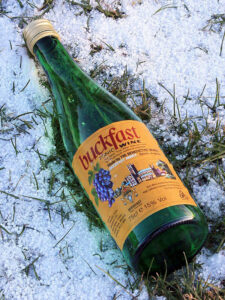
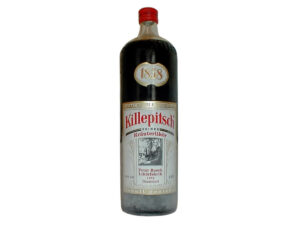
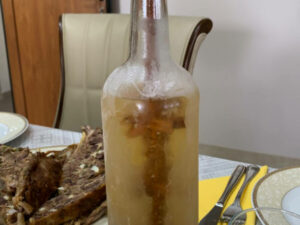
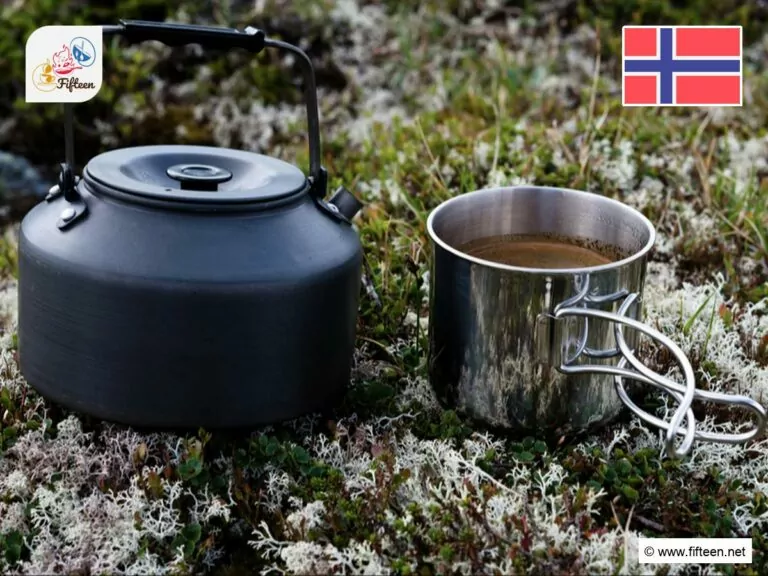
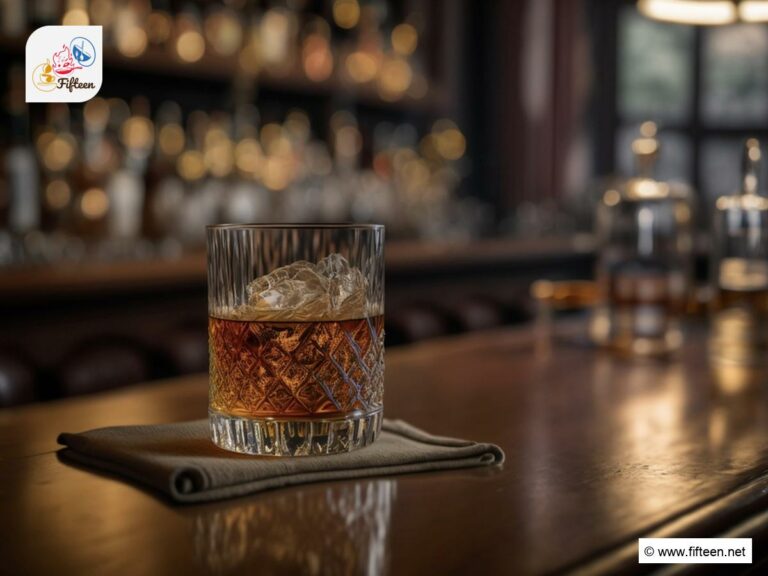
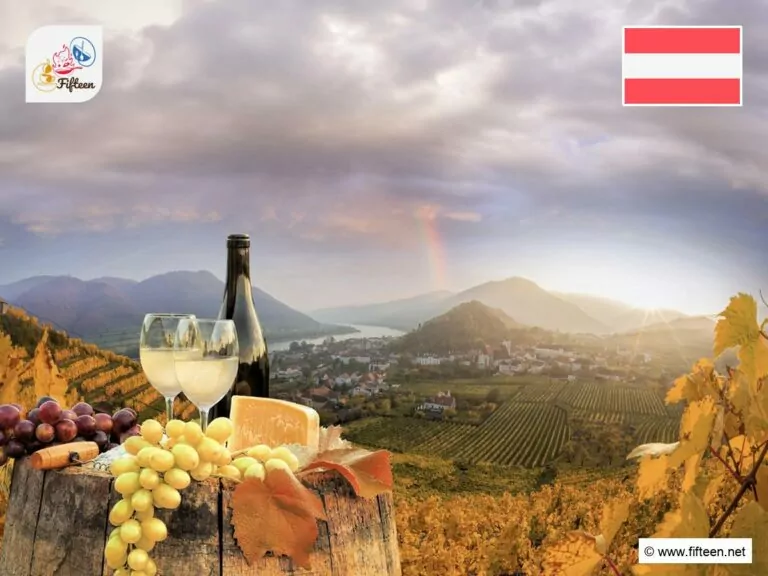
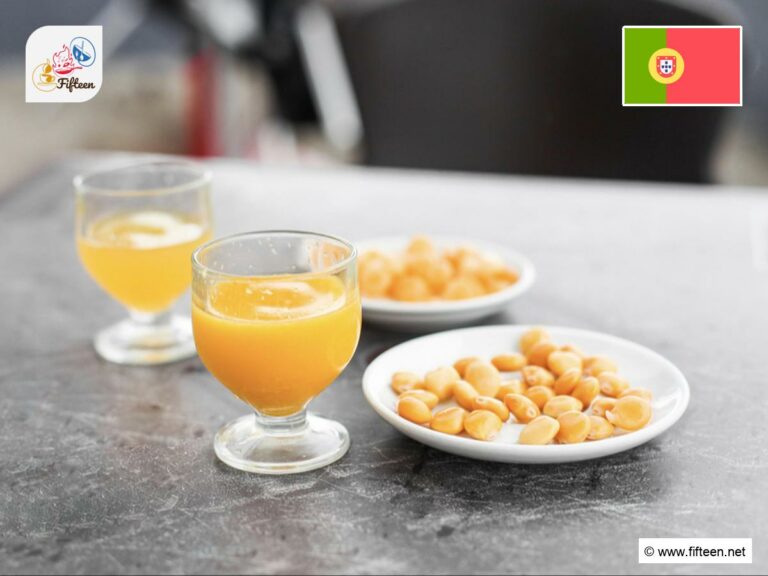
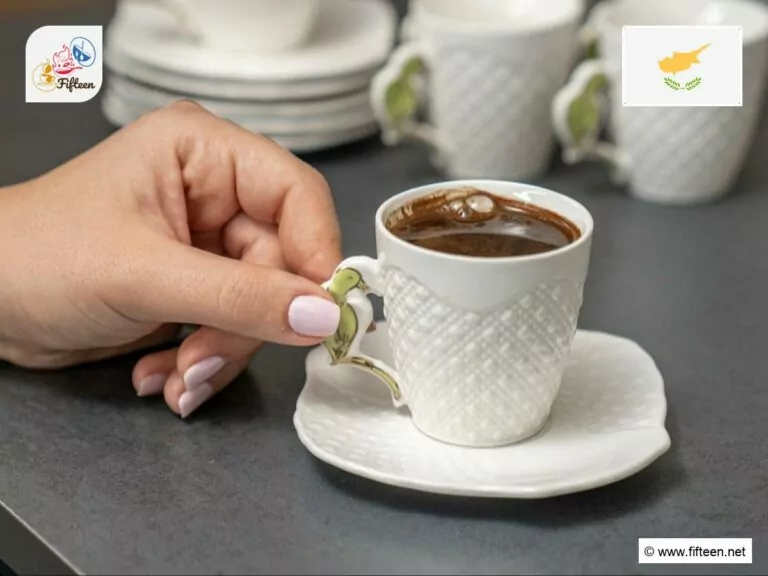
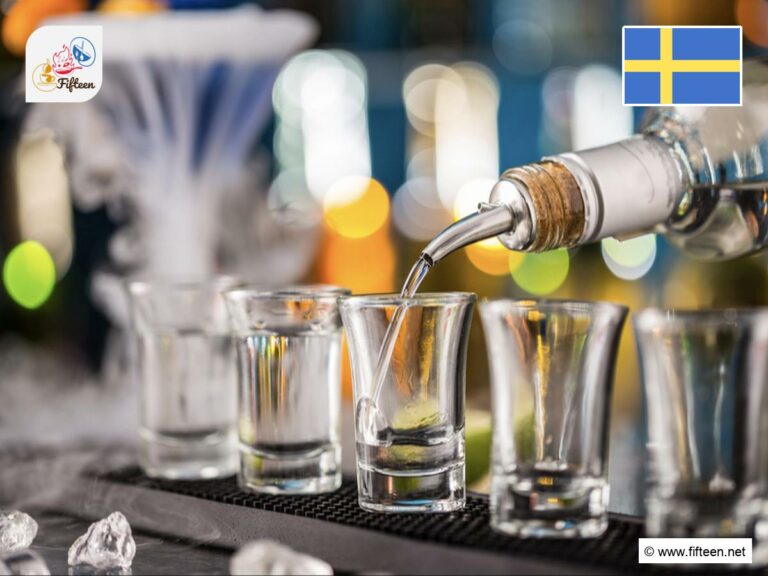
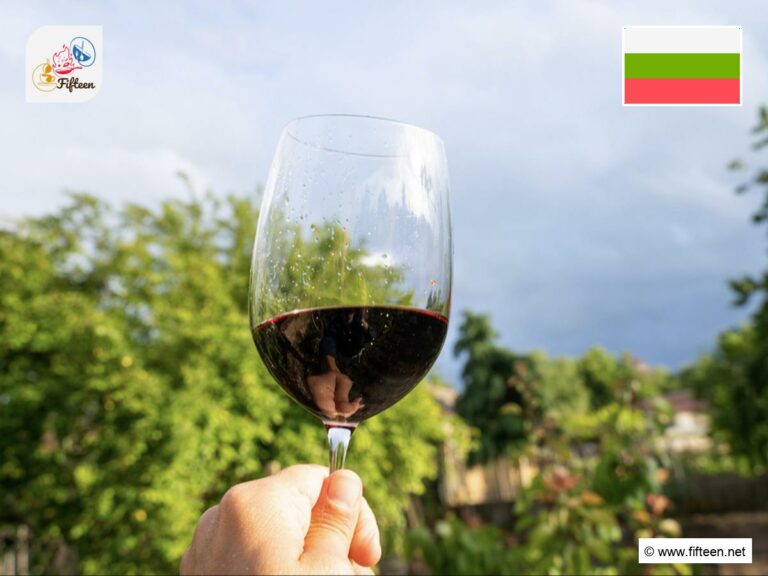
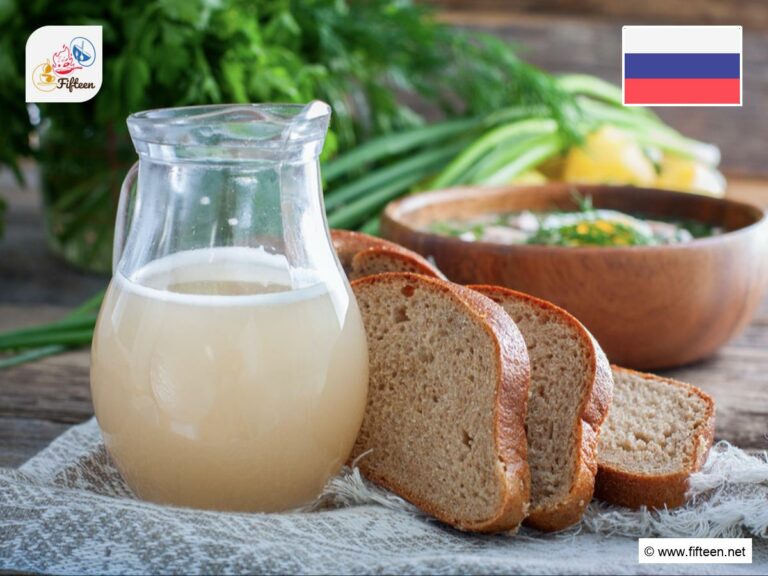
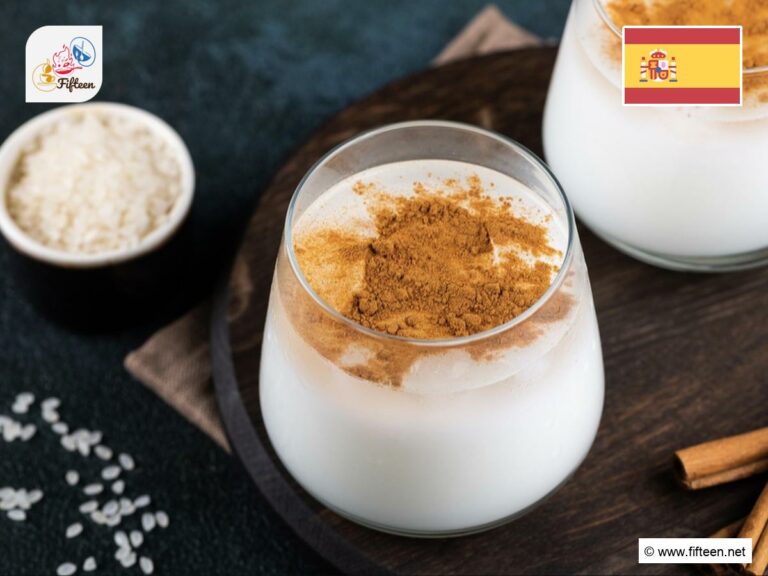
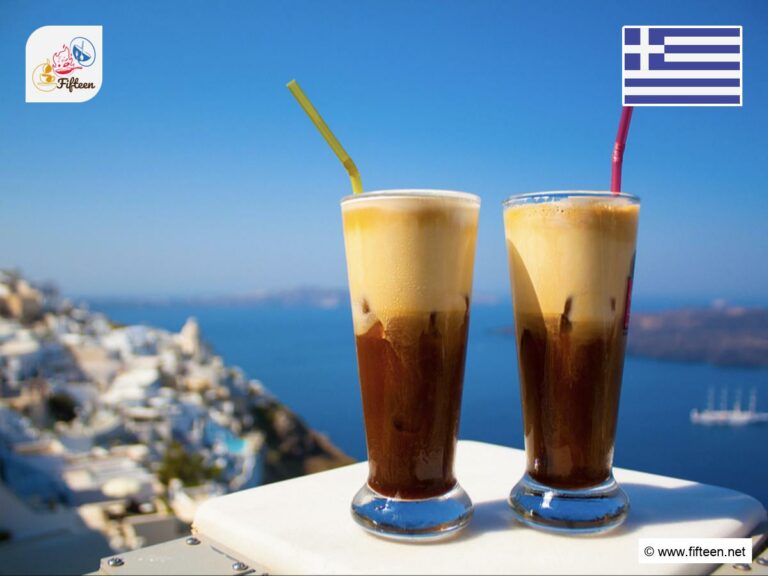
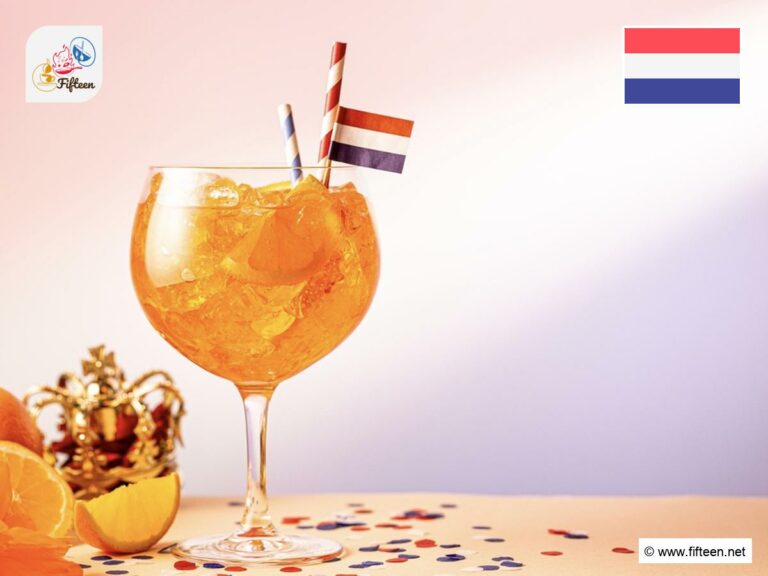
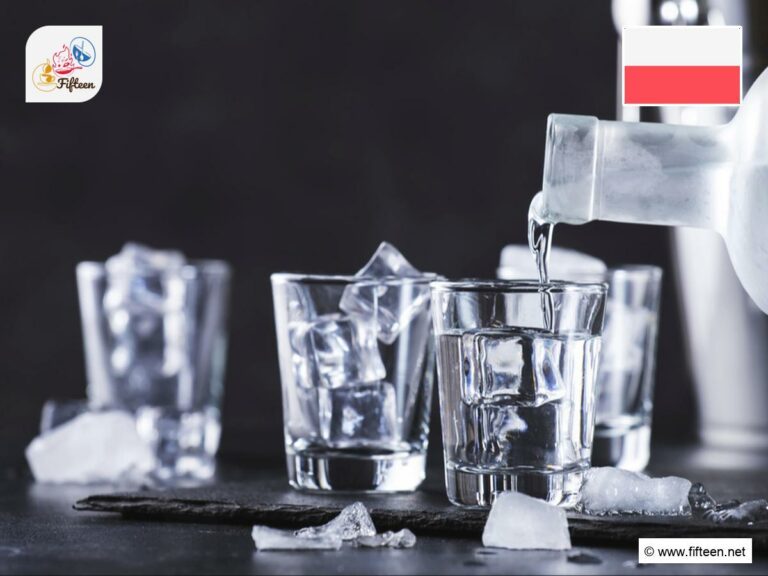
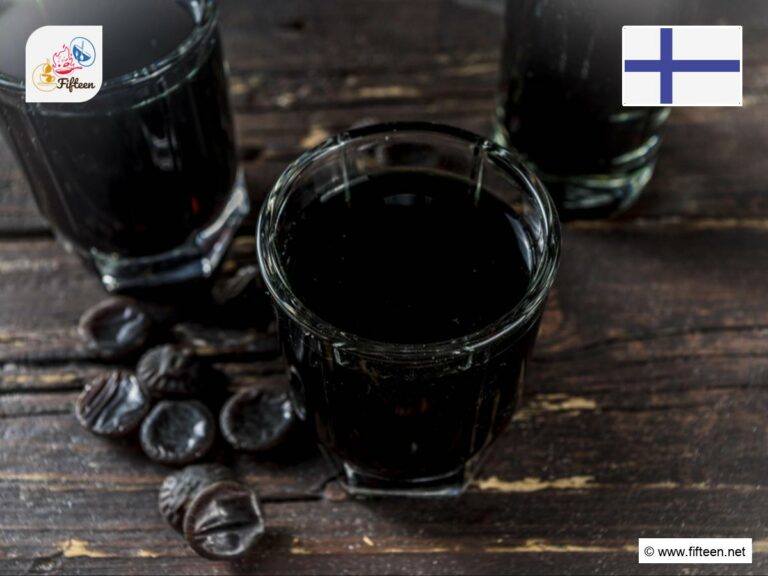
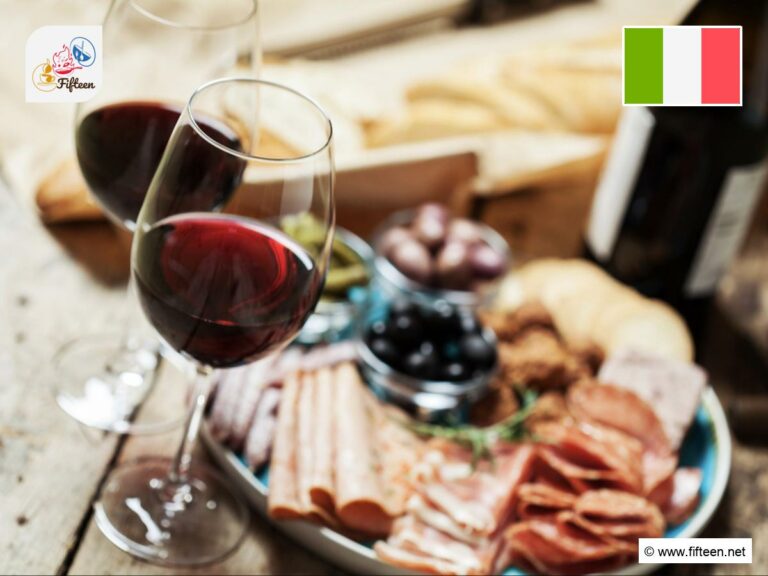
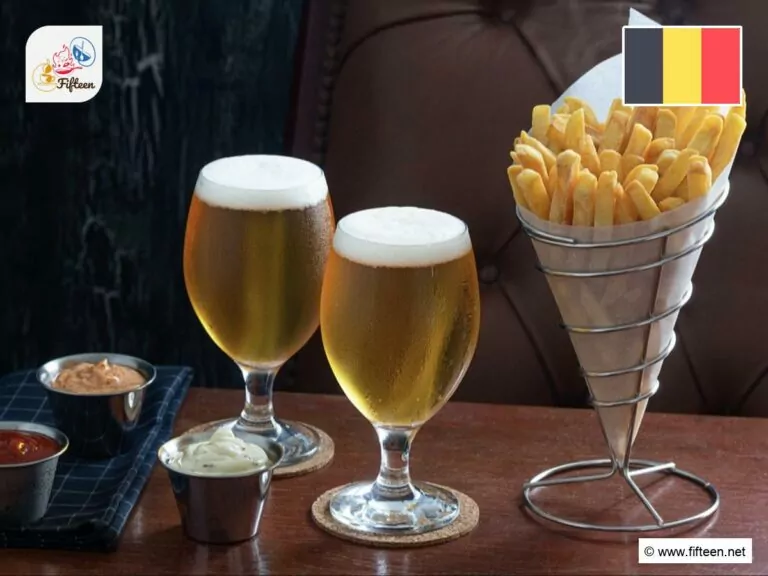
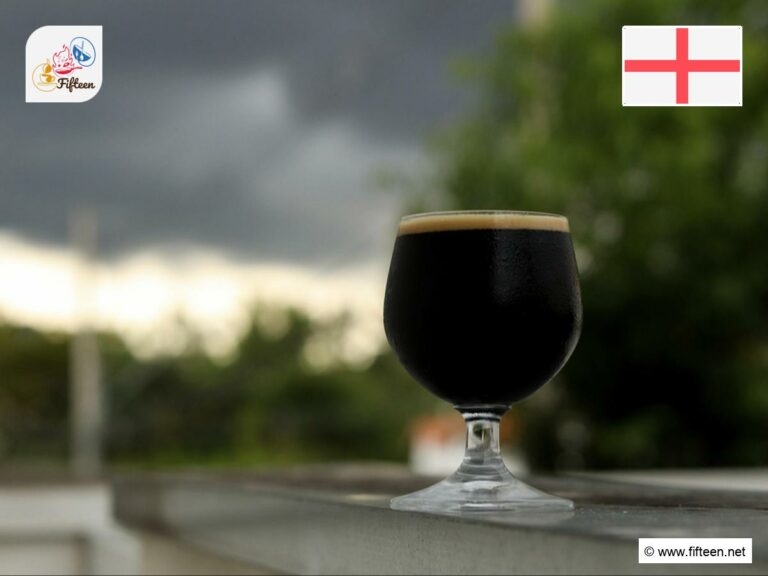
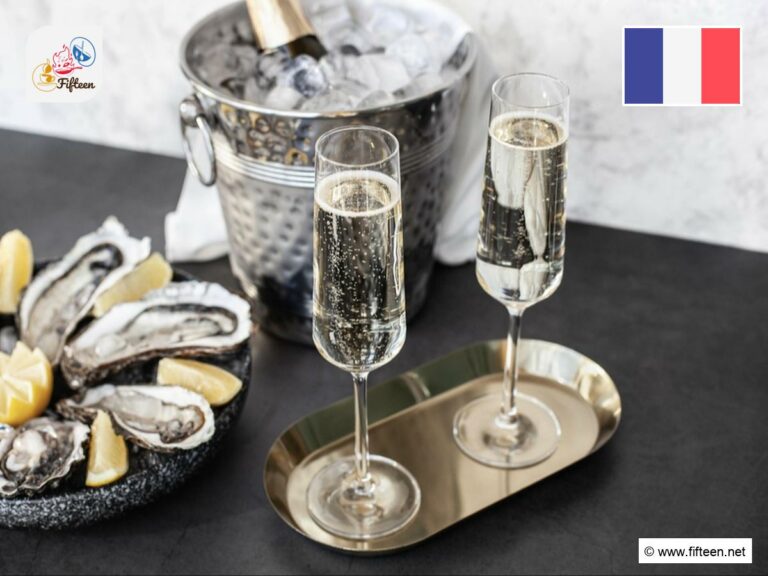
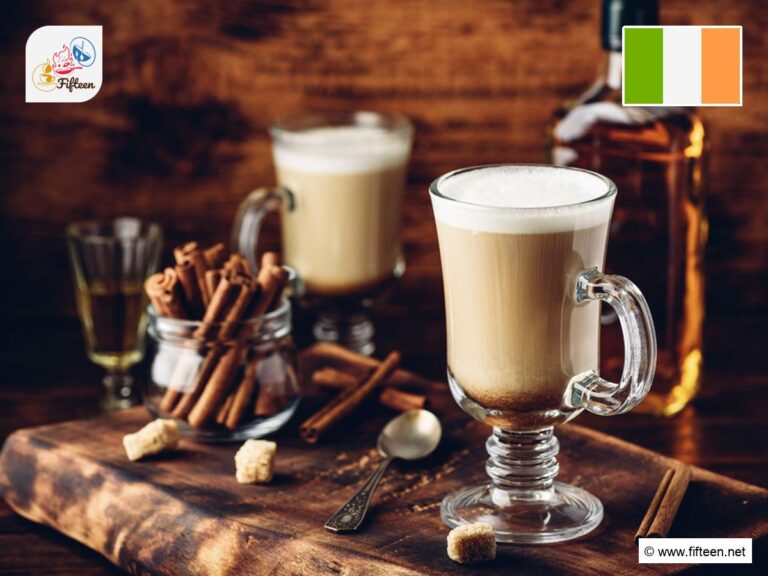
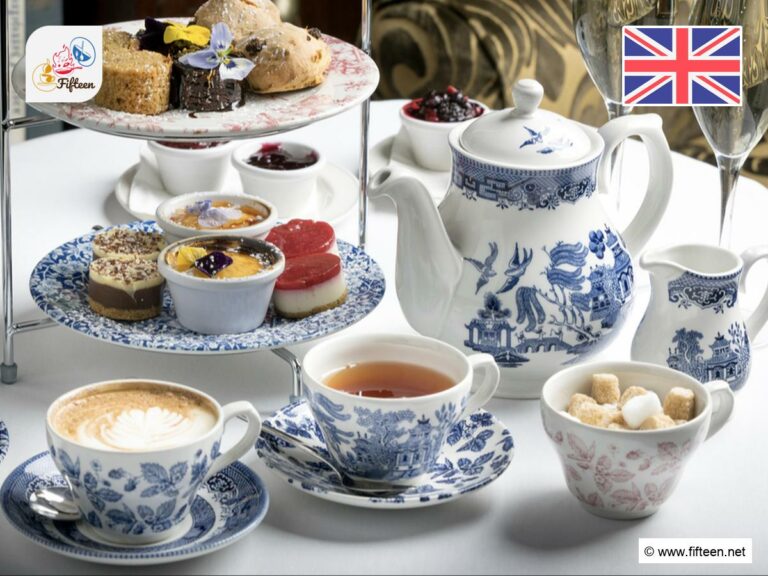
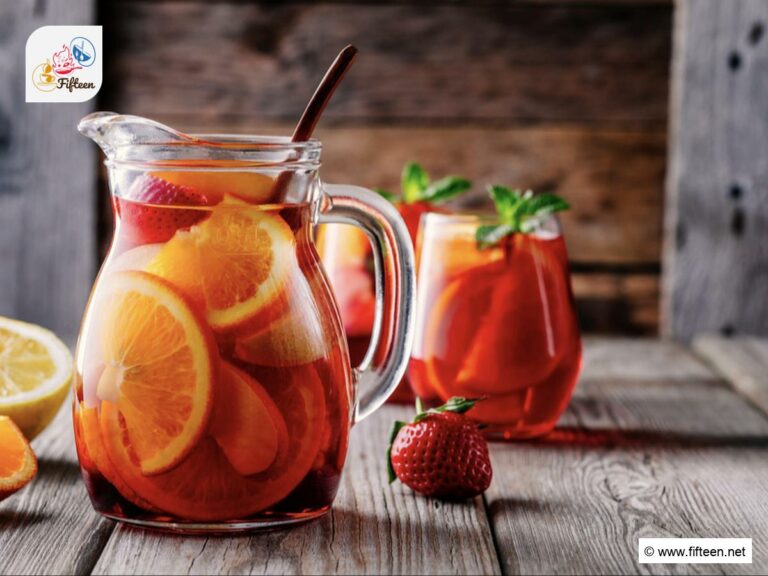
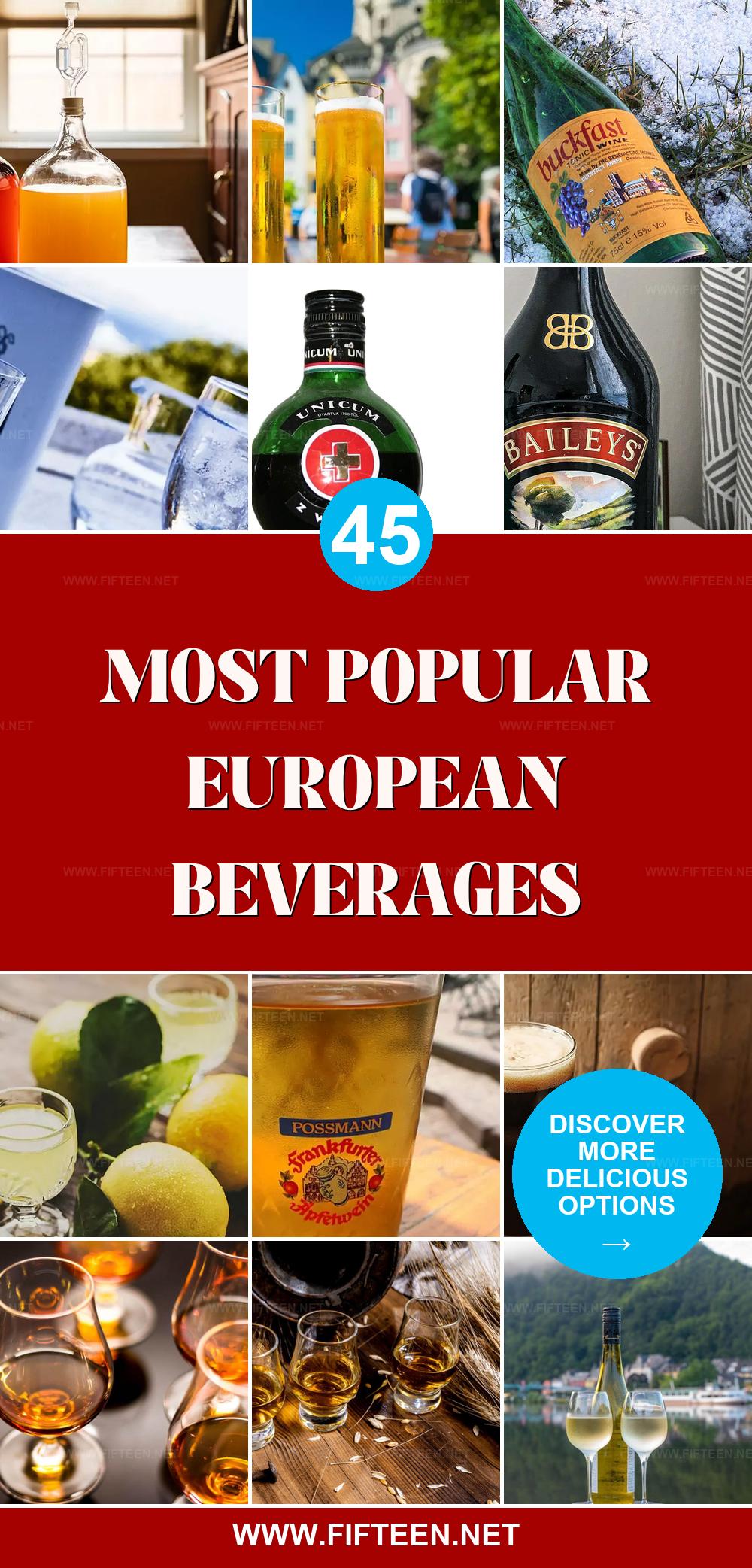
Jamie Scott
Editor in Chief, Senior Content Writer
Expertise
Home Cooking, Meal Planning, Recipe Development, Baking and Pastry, Food Editor, Cooking-video Maker, Western Food Evaluation Expert
Education
Le Cordon Bleu College of Culinary Arts
Local Community College, New York, NY
Jamie Scott is a skilled culinary expert and content creator specializing in Western cuisine. With over 15 years in the culinary field and formal training from Le Cordon Bleu, Paris, Jamie deeply understands how to blend nutrition with delicious flavors. His passion for cooking matches his commitment to making healthy eating accessible and enjoyable.
On Fifteen.net, Jamie brings a fresh perspective to classic dishes and beverages, offering readers insightful recipes, cooking tips, and a fresh view on meal planning that emphasizes taste, health, and simplicity.